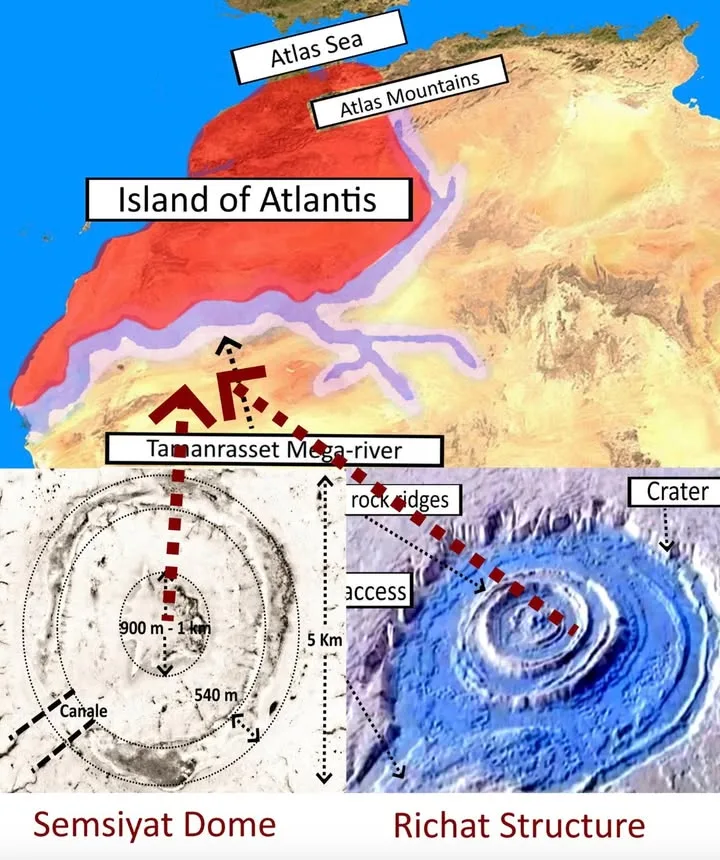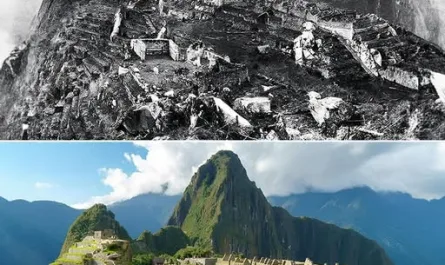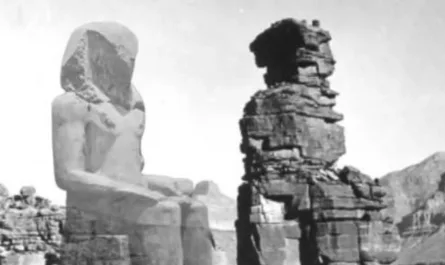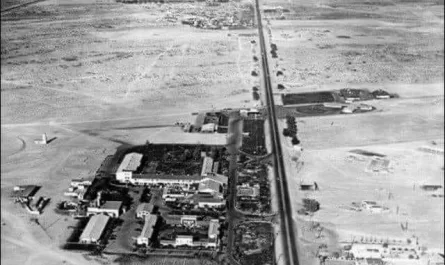For centuries, the enigmatic tale of Atlantis, as recounted by Plato, has been relegated to the realm of myth and fantasy. His contemporaries scoffed, and for two millennia, the notion of a “Great Island” situated beyond the Pillars of Hercules was met with ridicule. Yet, in a stunning turn of events, recent scientific discoveries are compelling us to reconsider, suggesting that Plato might have been far more prescient than we ever imagined.

Plato, drawing upon the wisdom of ancient Egyptian priests, painted a vivid picture of an advanced civilization thriving on a remarkable island near the formidable Mount Atlas, flourishing an astonishing 11,500 years ago. The absence of any identifiable island matching this description has fueled a global quest, leading researchers down countless speculative paths – from the Mediterranean’s Sardinia to the emerald Isle of Ireland, the Caribbean’s Cuba, and even the distant archipelago of Indonesia. However, a groundbreaking new theory suggests the truth may have been concealed, quite literally, within the sands of the Sahara all along.
The turning point arrived in 2015 with a pivotal study published in Nature. This research unveiled compelling evidence of a colossal ancient river system, now known as the Tamanrasset, which once coursed magnificently from the Atlas Mountains, traversing the vast expanse of the Sahara, and ultimately emptying into the Atlantic near present-day Mauritania. This wasn’t merely a river; at its peak, it stretched an astonishing 90 kilometers wide, forming a natural boundary so immense that it effectively transformed the region into an “almost-island.” For the ancient Greeks, who famously referred to the Peloponnese as an island despite its land bridge (isthmus), such a geographical feature would undoubtedly have been recognized as a true ‘nesos’ – an island.
But does this audacious theory pass Plato’s ultimate test – the “proof of the circles”? Plato’s detailed account of Atlantis described two singularly unique structures: a sacred, uninhabited “Island of Poseidon” and a sprawling metropolis meticulously constructed upon a naturally concentric formation. Astonishingly, modern satellite imagery has now identified formations in Mauritania that eerily align with these ancient descriptions. The Semsiyat Dome, with its dimensions perfectly matching Plato’s specifications, resonates with the lost metropolis, while the considerably larger, and truly awe-inspiring, Richat Structure – often dubbed the “Eye of the Sahara” – mirrors the legendary sacred island with astonishing precision.
These remarkable discoveries are not merely fascinating; they have the potential to fundamentally rewrite our understanding of ancient history. How could Egyptian priests possess knowledge of events dating back an incredible 14,500 years? Could the desolate landscapes of Mauritania truly conceal the vestiges of the legendary Atlantis? And if so, what became of its people, their advanced civilization, and their ultimate fate? With the relentless march of modern technology continuing to peel back the layers of the past, we may finally be on the precipice of unraveling one of the greatest and most enduring mysteries of human civilization. The lost world of Atlantis, once dismissed as fiction, might just be waiting to reveal its long-held secrets.





